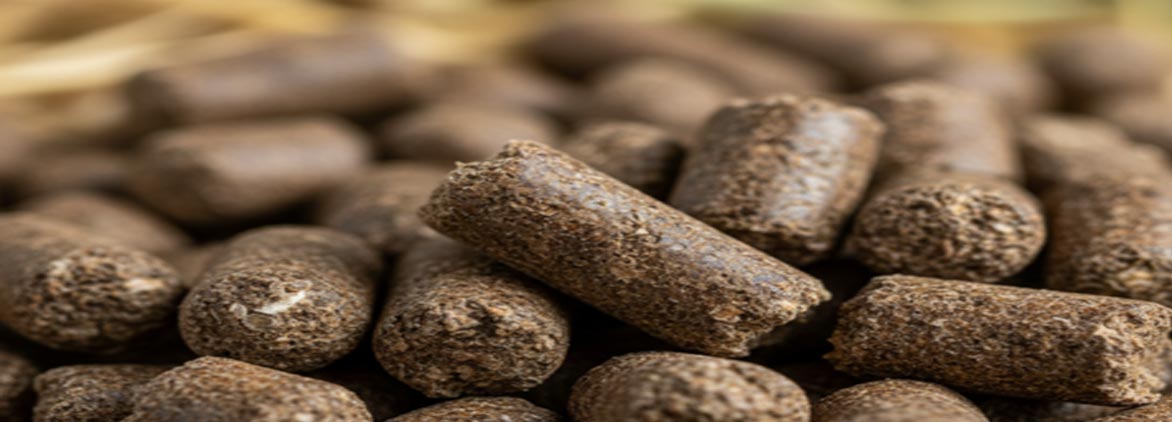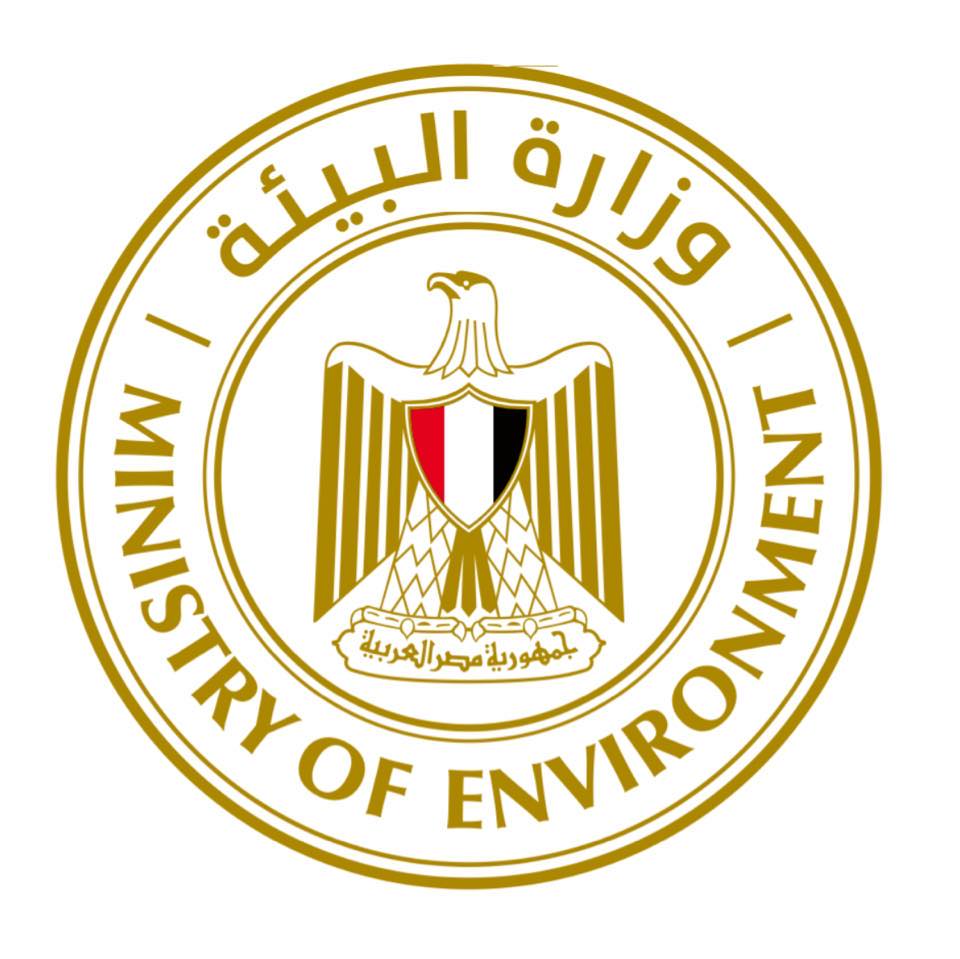FULL-FLEDGED PRE-FEASIBILITY ANALYSIS

Integrated Animal Feed Production from Agricultural Residues
Market
| Targeted market |
Integrated animal feed is a complete feed consisting of concentrated and rough feed in addition to agricultural residues, agro-industrial waste, salts, and minerals. It provides livestock (ruminants) with the necessary nutrition to promote their health and productivity through a complete meal. The integrated animal feed is produced in pellet form with Crude Protein (CP) content of 12%, 14%, and 16% The target market of the integrated animal feed is the local Egyptian market, and the main market is Mega, large and small-scale cattle farms. The integrated animal feed is already used by individual farmers, primarily in the form of loose mixtures rather than pellets, which indicates some market presence. However, the sector currently lacks local manufacturers and professional distributors of high-quality integrated animal feed pellets. The primary target market in Egypt that would be large and small-scale cattle farms and dairy industries. |
| Project description |
This project aims to produce integrated animal feed pellets by utilizing 15,800 tons per year of agricultural residue and agro-industrial waste such as wheat straw, rice straw, cottonseed meal, sunflower seed meal, cucumber vein hay, and wheat bran, through the pelletizing process technology. The facility is recommended to be located in the delta region, particularly in Sharqia, Behira, Dakahlia, Kafr El Sheikh, or Beni Suef. This location is recommended for its easy transportation access. |
| Competitive edge |
Integrated animal feed pellets provide nutrition uniformity and balance as the pellets are formulated to provide a balanced nutritional profile, which is harder to guarantee with traditional animal feed that is not pelletized About 65 – 80 % of the input material is from agricultural residues and agro-industrial waste Minimize the open burning of agricultural waste by utilizing it to produce high-quality products Provide an alternative animal feed that is less expensive compared to the traditional animal feed |
| Market features | The global market size of the animal feed was valued at USD 353 billion and is expected to reach USD 682 billion by 2033, exhibiting a CAGR of 2.8% from 2025 to 2033. The animal feed pellets market represents 40% of the total animal feed market. Egypt’s Animal Feed Market was valued at USD 2.51 billion in 2024 and is expected to reach USD 2.59 billion by 2030 with a CAGR of 3.45% during the forecast period.1 |
Financial Features
| Total annual amount of the products |
Integrated animal feed pellets with 12% Protein: 4,055 to 5,069 ton/year Integrated animal feed pellets with 14% Protein: 4,055 to 5,069 ton/year Integrated animal feed pellets with 16% Protein: 4,055 to 5,069 ton/year |
| Selling price (EGP/ton) |
The following are the estimated selling prices: Integrated animal feed pellets with 12% Protein: 12,388 |
| Land area required |
Building Area: 3,240 m2
Setback Area: 1,389 m2 |
| Investment | 60 million EGP |
| IRR | 50% |
| Simple payback | 4.3 years |
Process
| Required Input | Agricultural and agro-industrial residues = 15,800 ton per year The required input includes yellow corn, wheat bran, soybean meal, cottonseed meal, sunflower seed meal, cucumber vein hay, rice straw, and wheat straw. The additives are incorporated to fulfill the nutritional requirements of the integrated animal feed, ensuring adequate levels of calcium, salts, minerals, vitamins, and detoxifying compounds to mitigate bacterial or fungal infections. The additives quantities include:
|
| Process/Technology | Pelletization (mechanical process) technology |
| Equipment | Crushers, mixers, pelletizer, coolers, and automatic packaging machines |
| Human Resources | Technicians, machine operators, engineers, managers, and drivers |
Risks and Mitigation Measures
| Risks and Mitigation Measures |
|
Impacts
| Environmental impact |
Reducing the open burning of agricultural waste by utilizing it, and correspondingly reducing air pollution and greenhouse gases |
| Social impact |
Providing direct and indirect job opportunities |
Location
| Location of Supply | The main raw materials include the agricultural and agro-industrial residues are mainly concentrated in the delta region, particularly in Sharqia, Behira, Dakahlia, Kafr El Sheikh and Beni Suef (about 29 million tons per year). Accordingly, the location of the production facility is recommended to be in one of the above-mentioned Governorates. |
Studies
| Serial | File name | Download |
| 1 | IO Integrated animal Feed Fact sheet |
